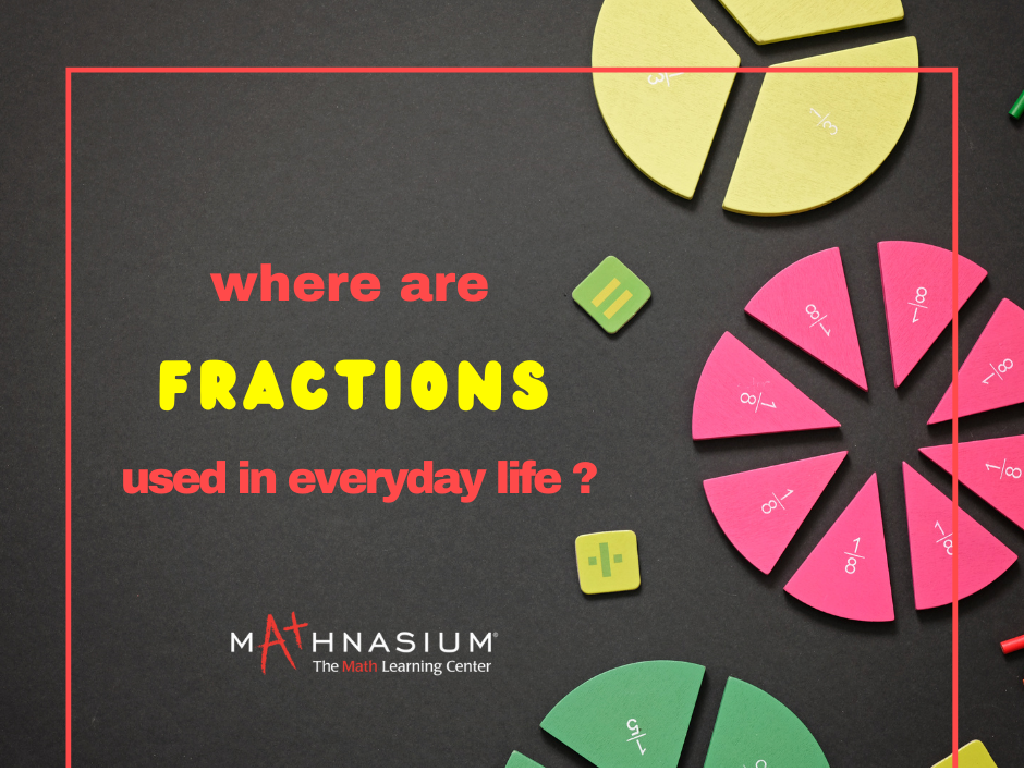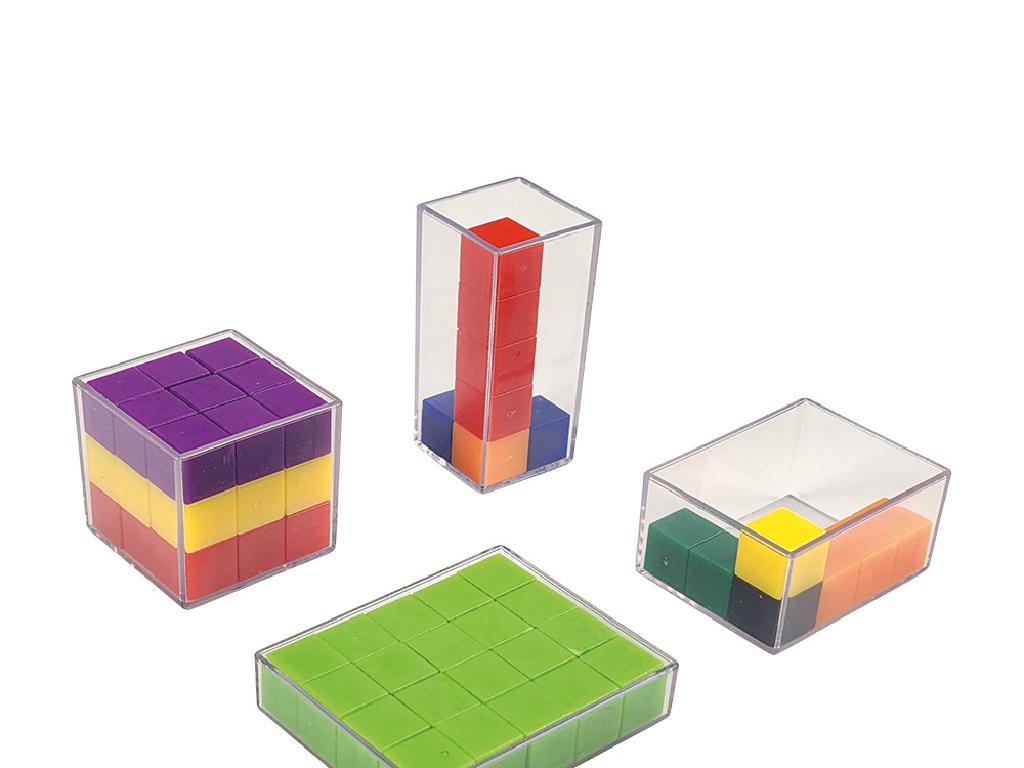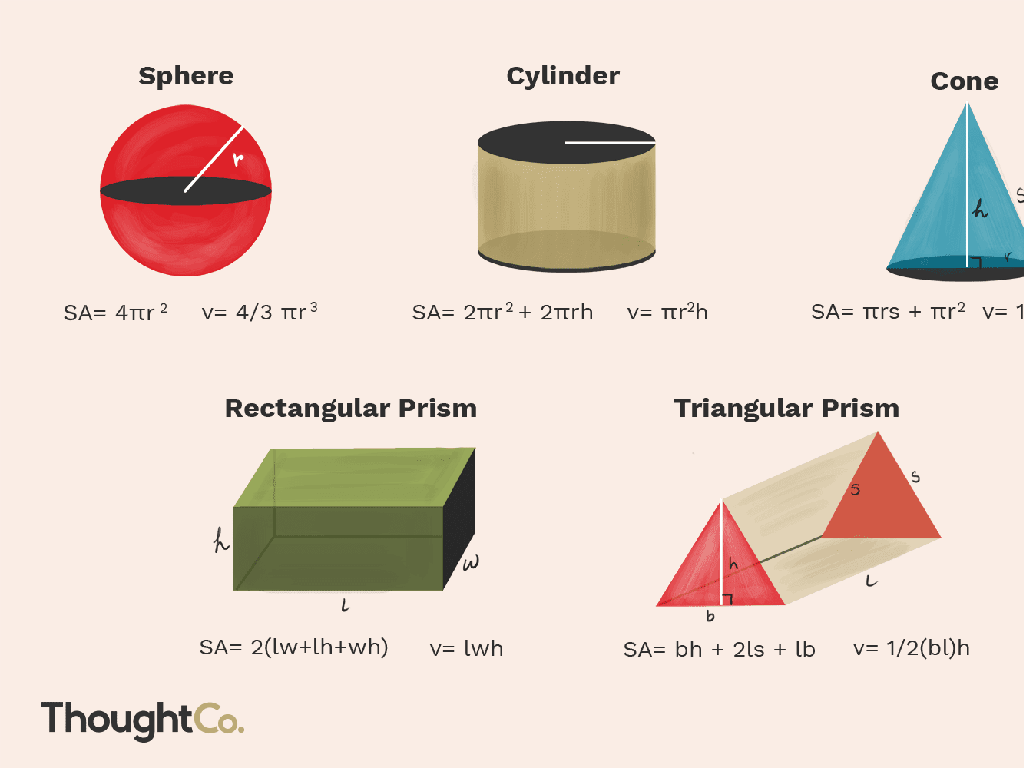Identify Equivalent Ratios
Subject: Math
Grade: Seventh grade
Topic: Ratios, Rates, And Proportions
Please LOG IN to download the presentation. Access is available to registered users only.
View More Content
Welcome to Ratios: Exploring Equivalents
– Define ratios and their purpose
– A ratio shows the relative sizes of two or more values.
– Understanding equivalent ratios
– Ratios are equivalent if they express the same relationship.
– Identifying ratios in daily life
– Examples: recipes in cooking, mixing paints, or gear ratios in bikes.
– Applying ratios to real-world problems
|
This slide introduces students to the fundamental concept of ratios and their practical applications. Start by defining a ratio as a way to compare two quantities, emphasizing that it tells us how much of one thing there is compared to another. Then, explain equivalent ratios by showing that different ratios can represent the same relationship between quantities. Use real-life examples like recipes, where doubling all ingredients keeps the ratios the same, or gear ratios in bicycles, which affect speed and effort. Encourage students to think of other examples from their daily lives where ratios are used. The goal is to help students see the relevance of ratios and to prepare them for applying this knowledge to solve problems.
Understanding Ratios
– Define a ratio
– A ratio shows the relative sizes of two or more values.
– Writing ratios: part to part & part to whole
– Ratios can be written as 3:2 (part to part) or 3 to 5 (part to whole).
– Real-world ratio examples
– Examples: recipe ingredients, classroom gender, or fruit in a basket.
– Practice identifying ratios
|
Begin with the definition of a ratio, emphasizing it as a comparison of two quantities. Explain the two ways to write ratios: part to part, which compares different components within a set, and part to whole, which compares one part to the entire set. Provide relatable examples such as ingredients in a recipe (sugar to flour), the ratio of boys to girls in the classroom, or the number of apples to the total number of fruits in a basket. Encourage students to think of their own examples and to practice writing ratios from these scenarios. This will help them grasp the concept of equivalent ratios in upcoming lessons.
Understanding Equivalent Ratios
– Criteria for equivalent ratios
– Two ratios are equivalent if the relationship between their terms is the same.
– Scaling ratios up and down
– To scale up, multiply both terms by the same number. To scale down, divide both terms.
– Multiplication/division in ratios
– Use multiplication or division to adjust the terms of a ratio while keeping the ratios equivalent.
– Practice finding equivalents
|
This slide introduces the concept of equivalent ratios, which are two ratios that express the same relationship between numbers. Students should understand that by scaling up or down (multiplying or dividing both terms of a ratio by the same non-zero number), they can find an infinite number of ratios equivalent to the original. Emphasize the importance of maintaining the proportion between the terms. Provide examples and encourage students to practice with different numbers to gain confidence in identifying and generating equivalent ratios. This foundational skill is crucial for understanding proportions and solving problems involving ratios.
Finding Equivalent Ratios
– Methods to find equivalent ratios
– Use multiplication or division on both terms
– Keep the ratio relationship constant
– If you multiply or divide one term, do the same to the other
– Practice problems with solutions
– Example: Simplify 6:9 by dividing both by 3 to get 2:3
– Understanding ratio equivalence
|
This slide introduces students to the concept of equivalent ratios. Start by explaining that equivalent ratios have the same relationship between numbers, which can be found by multiplying or dividing both terms of the ratio by the same number. Emphasize the importance of performing the same operation to both terms to maintain the ratio’s equivalence. Provide practice problems where students can apply this knowledge, and guide them through the solutions to reinforce their understanding. Encourage students to explain why the ratios are equivalent to deepen their comprehension of the concept.
Equivalent Ratios in Real Life
– Ratios in cooking recipes
– Doubling a recipe? Use equivalent ratios to adjust ingredients.
– Ratios in maps and models
– Scale models use ratios to represent larger objects accurately.
– Ratios in sports statistics
– Compare player stats using ratios to analyze performance.
|
This slide aims to show students how equivalent ratios are applicable in everyday life. When cooking, for instance, ratios are used to scale recipes up or down depending on the number of servings needed. In geography, understanding maps is easier when grasping the concept of scale ratios, which helps translate distances on a map to actual distances on the ground. Sports enthusiasts often use ratios to compare players’ statistics, such as goals per game or hits per at-bat. These real-life examples will help students see the relevance of ratios beyond the classroom. Encourage students to think of other areas where ratios are used and to bring examples to the next class.
Let’s Practice: Equivalent Ratios
– Interactive ratio activity
– Engage with hands-on examples to identify ratios
– Group work on equivalent ratios
– Collaborate to find and explain equivalent ratios
– Individual ratio worksheet
– Solve problems to reinforce individual understanding
– Understanding through practice
|
This slide introduces a practice session on equivalent ratios. Begin with an interactive class activity where students identify ratios in real-life examples provided by the teacher. Move on to group work, where students collaborate to find and present equivalent ratios, fostering peer learning. Follow up with an individual worksheet focusing on solving equivalent ratio problems, allowing students to apply what they’ve learned independently. The aim is to solidify the students’ understanding of equivalent ratios through varied and reinforcing teaching methods. For the teacher: Prepare ratio examples that are relatable to seventh graders, ensure groups are balanced in skill levels, and provide clear instructions for the worksheet. Possible activities could include ratio scavenger hunts, real-life ratio analysis, or creating visual representations of equivalent ratios.
Class Activity: Ratio Scavenger Hunt
– Find ratio-related objects
– Look for items in pairs or groups that can be compared.
– Create sets of equivalent ratios
– Use the objects found to form your own equivalent ratios.
– Share findings with the class
– Discuss the ratios and how you determined they are equivalent.
|
This interactive activity is designed to help students identify and understand equivalent ratios in a fun and engaging way. Students will search the classroom for objects that can be compared using ratios, such as pencils to erasers or windows to doors. After finding these items, they will create their own sets of equivalent ratios to demonstrate their understanding of the concept. For example, if a student finds 4 red pens and 8 blue pens, they might create the equivalent ratio of 1:2. Encourage creativity and critical thinking as they determine the relationships between different objects. Once they have their sets, students will share their findings with the class, explaining how they found their ratios and why they are equivalent. This will foster a collaborative learning environment where students can learn from each other’s discoveries.
Wrapping Up: Equivalent Ratios
– Recap: Understanding equivalent ratios
– Review the methods to find ratios that express the same relationship.
– Ratios in daily life
– Ratios are everywhere: cooking recipes, maps, or even in buying fruits!
– Homework: Practice worksheet
– Complete the worksheet to find equivalent ratios and strengthen your skills.
|
As we conclude today’s lesson, it’s crucial to revisit the concept of equivalent ratios to ensure students have a solid understanding. Emphasize the practicality of ratios in everyday situations, such as cooking, where they might need to double a recipe, or in understanding distances on a map. For homework, assign a worksheet that provides a variety of problems requiring students to find equivalent ratios. This will help reinforce their learning and provide practice in a key concept of proportional reasoning. Encourage students to approach the homework with the understanding that mastering ratios will greatly benefit their problem-solving skills in real-life scenarios.






